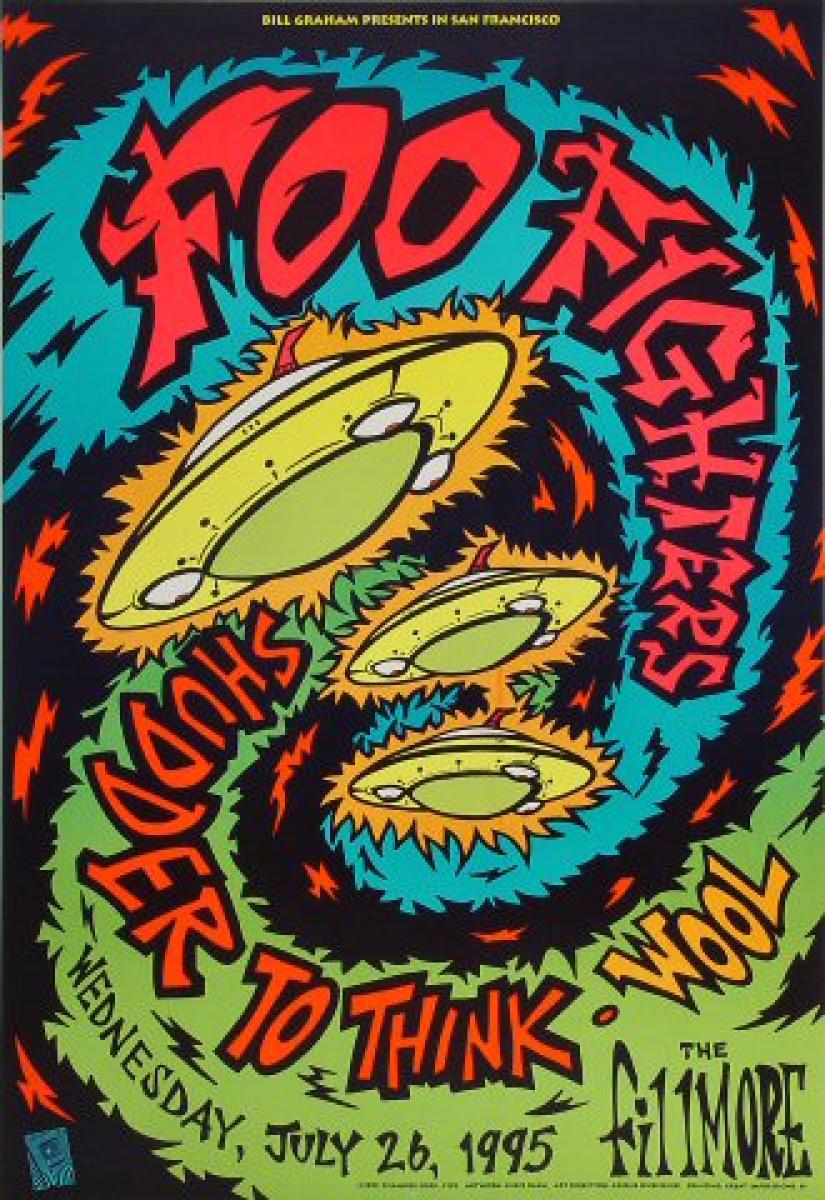1st Playing Cards

When were numbers and letters put on playing cards?

Playing cards may have been invented during the Tang dynasty around the 9th century AD as a result of the usage of woodblock printing technology. The earliest known text containing a possible reference to card games is a 9th-century text known as the Collection of Miscellanea at Duyang, written by Tang dynasty writer Su E. Earlier in the week, Chris Ramsay released the highly anticipated 1st Playing Cards V3. The new addition to the series is simply. The new addition to the series is simply. Like the V1 and V2, the deck comes with stunning Metalux foiling on the backs and some faces of the cards. 1st Playing Cards Signed Set (V1 & V2) by Chris Ramsay $ 450.00 Buy in monthly payments with Affirm on orders over $50. Description 1st Playing Cards V4 was made with a purposeful minimalistic style to emulate products and tools found aboard a space ship. We’ve however, spared no expense on the quality of the cards. Included: 52 Playing cards. This is the official 1ST Playing Card Review! LEARN A TRICK I CREATED HERE - VOODOO: https://www.instagram.com/chrisram.

Bill Calloway
Wilmington, Delaware
I contacted an old friend, Dr. Lafitte, an expert on the history of cards and gambling, and this is what he had to say: “To begin with, the ‘letters and numbers’ are called indexes, and in the brief history of indexes, there were two basic sizes. The first size was fairly small; all a person had to do was to barely fan the cards to see the indexes. Because one only needed to give the cards a slight squeeze to see the index, they were nicknamed ‘squeezers.’ They were a novelty at first, but their popularity increased by the early 1870s. One of the early popular squeezers was a deck called either the ‘Lone Star’ or ‘Texas Lone Star’ deck because of a large star on the back of the cards (circa 1870-75). How small was the index? Just look at the index of today’s playing card—look just at the number, not the suit symbol—now visualize a complete index slightly smaller than that.

“The second size is the one we are familiar with today. A number of playing card companies claim to have created it. I have a Grover Cleveland Presidential Deck (1888, if I’m not mistaken), and that has an index almost the size of a modern-day index. It wasn’t until the turn of the 20th century that today’s indexes became popular.”
1st Playing Cards V2

Related Posts
If you want to see history as it was more than a century ago, Deadwood,…
If you want to see history as it was more than a century ago, Deadwood,…
A strange card game decided the fate of six Apache warriors, captured by U.S. troops…
When were numbers and letters put on playing cards?
Bill Calloway
Wilmington, Delaware
I contacted an old friend, Dr. Lafitte, an expert on the history of cards and gambling, and this is what he had to say: “To begin with, the ‘letters and numbers’ are called indexes, and in the brief history of indexes, there were two basic sizes. The first size was fairly small; all a person had to do was to barely fan the cards to see the indexes. Because one only needed to give the cards a slight squeeze to see the index, they were nicknamed ‘squeezers.’ They were a novelty at first, but their popularity increased by the early 1870s. One of the early popular squeezers was a deck called either the ‘Lone Star’ or ‘Texas Lone Star’ deck because of a large star on the back of the cards (circa 1870-75). How small was the index? Just look at the index of today’s playing card—look just at the number, not the suit symbol—now visualize a complete index slightly smaller than that.
“The second size is the one we are familiar with today. A number of playing card companies claim to have created it. I have a Grover Cleveland Presidential Deck (1888, if I’m not mistaken), and that has an index almost the size of a modern-day index. It wasn’t until the turn of the 20th century that today’s indexes became popular.”
Related Posts
1st Playing Cards V2
If you want to see history as it was more than a century ago, Deadwood,…
If you want to see history as it was more than a century ago, Deadwood,…
A strange card game decided the fate of six Apache warriors, captured by U.S. troops…